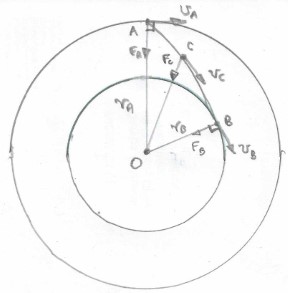Say someone is on a spinning object with heavy weights in his hands. He then pulls those heavy weights to himself and then the total angular speed is faster. We can explain this with conservation of angular momentum with that $I_0w_0=I_1w_1$, and $I_1 < I_0$ (because of smaller radius) , therefore $w_1 > w_0$. That must mean that there are some angular acceleration since $w_1 > w_0$, both to the heavy objects and the person. But there are no torque applied to the heavy objects. Neither do the inward force applied by the person nor the gravitational pull is tangential to its rotation. How is this (1) possible? ($\tau_z = I\alpha_z$ where $\alpha_z \neq 0$ and $\tau_z = 0$)
Also, the kinetic energy of the objects and the person will be higher than before if you put in some values. But since there is no torque, there is no work. ($W = \int\tau_z d\theta$) How is this (2) possible?
I got this problem from my textbook but I cannot answer the question myself so I am asking it here.

